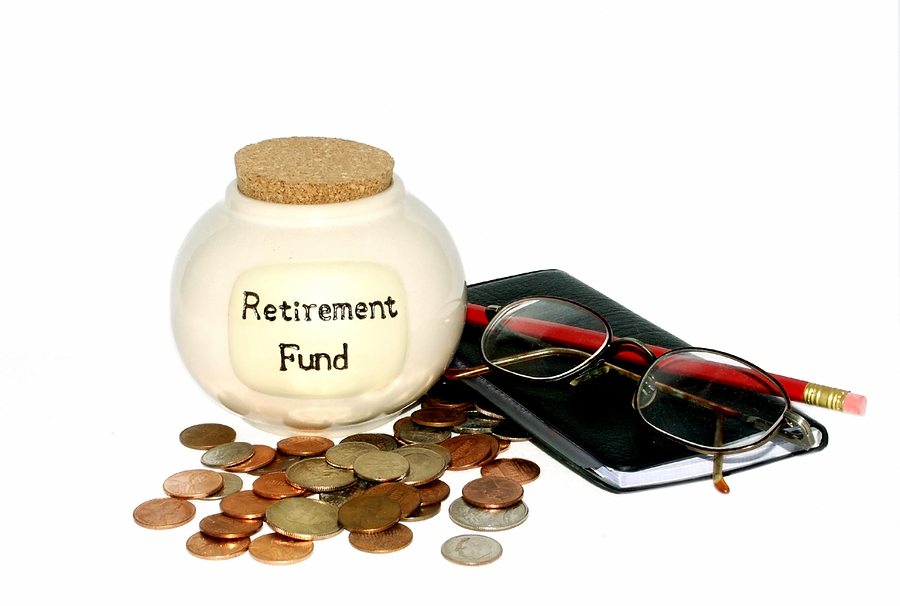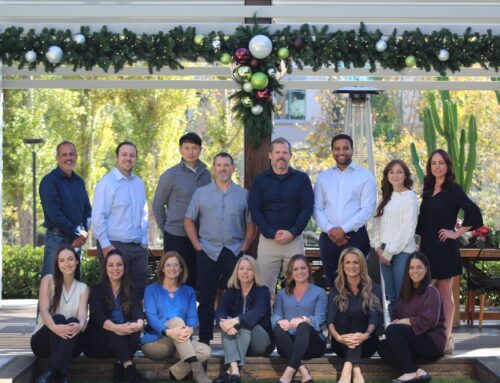According to one recent study, the average retirement age in the United States was 62 years old as of 2017. Currently, the minimum age necessary to collect Social Security is 62, while 66 is largely considered to be “full retirement age” in many industries. The vast majority of people who will retire this year will do so between those two birthdays.
Which, of course, is where the problems begin.
A lot of people don’t realize just how “expensive” retirement can be until they’re already there. Not only do you need to think about the funds necessary to maintain your lifestyle. Saving from a young age can even help you live in your dream house with your active adult community in Utah, or let you jetset across the world for a traveling retirement. And it’s worth saving for if you don’t want to get bored sitting in one place for a long time.
but you also have considerations like healthcare costs, too. So when you learn that another recent survey revealed that 42% of Americans have less than $10,000 saved for retirement, you begin to get a better understanding of just how dire the situation can seem.
Every person’s savings requirements differ depending on their lifestyle, but here are just some of the areas you’ll want to consider saving for:
- Housing
- Medicare premiums
- Health care
- Personal insurance
- Taxes
- Food
- Transportation
- Emergencies
- Entertainment
- Travel
- Personal care
- Family care
- Charitable contributions
- Loans/credit cards
Thankfully, if you’re one of the many people currently dealing with some type of retirement anxiety, all hope is not lost. Regardless of your age or how soon your retirement actually is, you can still mitigate a lot of the common risks that people grapple with by coming up with a plan designed to break the process down into a series of more manageable steps. For example, shifting to senior assisted living communities and residing with retired people, might make your life happier and more peaceful as you may not have to take care of anything else. You may also want to keep a few other key things in mind.
Planning in Your 20s and 30s
Whether you’re a recent college graduate or you’ve been in the workforce for a few years, it can be common at this age to feel like you just don’t make enough money to start saving for retirement. Indeed, about 40% of people chose this response in another retirement-related survey. If you’re struggling to pay today’s bills, how are you supposed to plan for tomorrow’s retirement?
Thankfully, this is another one of those situations where small actions today can turn into big results down the road – particularly when it comes to investment opportunities like 401(k) plans and other retirement accounts. If your employer offers a match for your contributions, for example, it is absolutely in your own best interest to contribute at least that much every single year. Not only do you get the benefit of tax-deferred growth, but you’re also looking at a very large period of growth because your retirement date is still far off.
Likewise, you should also be taking advantage of a health savings account if you qualify. You must be covered by a high-deductible health insurance plan, which most people these days already are. All of your contributions are tax-deductible and your earnings are tax-deferred. You can roll over funds from year to year, even when your retirement does arrive, so long as the money is actually going to medical expenses.
Planning in Your 40s and 50s
As you get older, you can start exploring some of the other investment opportunities that are available to you. IRAs are among them, and they can be a viable way for many people to build a nest egg.
A traditional IRA may be tax-deductible, and any earnings you make will grow tax-deferred until you start making those withdrawals during retirement. Depending on your income limits, Roth IRAs may also be a good choice. So long as you satisfy certain requirements, your earnings are federal tax free and may very well be state tax free, too.
Planning in Your 60s and Beyond
As you approach your 60s you’ll have a much better understanding of what you will need for your retirement. Such as whether you require home health care, if you qualify for Medicare or Medicaid (which will cover many healthcare costs), if you can downsize to a retirement property, and so forth. This is the last chance to revaluate your retirement plan and make adjustments upwards or downwards.
Even if that retirement date is arriving sooner rather than later, you STILL have a number of options available to you. For one, people who have already paid off the mortgage of their house can opt for equity release, which can allow them to use a certain amount of property value in cash form. The retractable amount can be calculated with the help of a joslin rhodes equity release calculator or any similar tool, and be used for any purpose, ranging from a new real estate investment to a dream holiday.
As soon as you reach the age of 50, for example, you become eligible to go beyond the normal limits of contributions for your IRAs and 401(k) plans via what is known as “catch up contributions.”
Let’s say you haven’t been able to save as much as you would have liked over the last ten years. That’s okay – because as soon as you turn 50, your contribution limit for both traditional and Roth IRAs rises to $7,000. Catch up contribution limits for 401(k)s go even higher, climbing from $19,000 for people under 50 to $25,000 for people who are over that age.
Regardless of your age, it’s still very possible to make sure you have the funds necessary to retire in the comfort you’ve always dreamed of. You just need to understand that this will not happen through inaction. It requires careful planning that begins not next week, not six months from now, but today.







